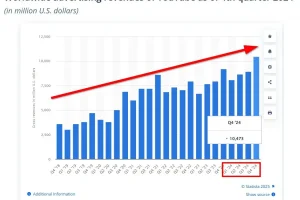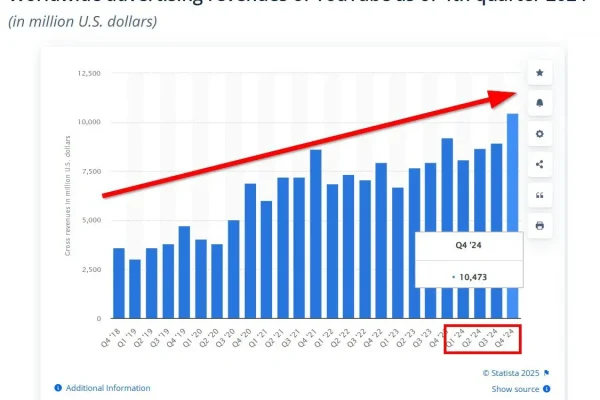The amount of cash on hand in a company’s balance sheet is an essential measure of a business’s financial stability. This measure reflects how much money a business has available for unexpected expenses. It can consist of actual cash, bank accounts, or other liquid assets. Various guidelines indicate that the amount should be between three and six months of expenses.
The amount of cash on hand is the most liquid asset for a company. Other liquid assets that can easily be converted to cash include accounts receivable, inventory, and prepaid expenses. Companies also list assets with short maturity periods (under three months) that can be quickly liquidated. The company will generally disclose these assets in footnotes on its balance sheet. For example, the accounts receivable account includes the balance of all sales revenue that is paid on credit, plus any allowances for doubtful accounts. As these receivables are recovered, the amount of cash on hand decreases.
The amount of cash a company should have on hand depends on the cyclicality of its industry and the strength of its balance sheet. Typically, a company should have three to six months of operating expenses in cash, although more is better. Companies in high-cyclical industries should hold more cash than companies in stable sectors with strong balance sheets. This gives the company more flexibility to make investments in times of market turmoil.
Cash on hand can be defined as the amount of cash that a business holds in its bank accounts, on-site paper bills, or in its assets. The cash can be in the form of assets or bank accounts, but is not necessarily the same as the net cash a company holds at the end of the month.
A company’s cash on hand should be kept under close scrutiny because variable costs can affect the amount that is owed every month. It is important to document the cost of each purchase, especially if there are multiple people making purchases. In addition, regular review of expenditures can help a business remain comfortable with cash flow.
In addition to cash on hand, companies should also keep petty cash on hand as an emergency fund. This type of cash is often used by businesses to pay small bills and is cheaper than using a credit card or writing a check. Petty cash balances vary, but they can range from $50 to two hundred dollars.
Another common mistake people make when it comes to calculating their cash on hand is calculating the amount owed to vendors and suppliers. The amount of liabilities in this account decreases along with the amount of cash on hand in the balance sheet. These liabilities include accounts payable and other liabilities due over one year and may include self-funded insurance, special termination benefits, and legal claims.








